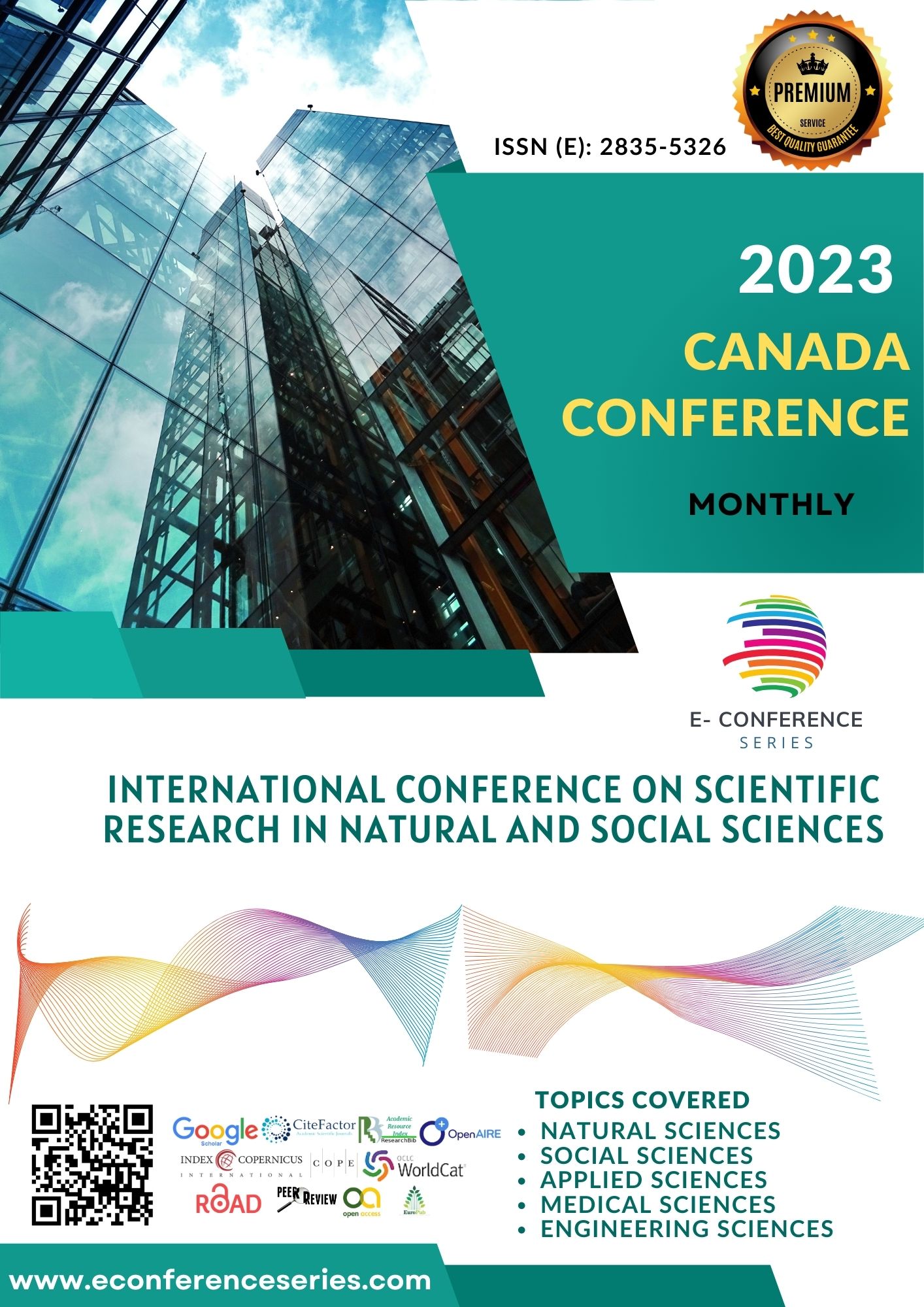ATHEROSCLEROSIS - SYMPTOMS, TREATMENT
Abstract
Atherosclerosis is a chronic disease of blood vessels, in which cholesterol and low-density lipoproteins (low-density lipoproteins) accumulate in the inner wall of the vessels in the form of plaques and plaques, and the walls themselves become thicker and lose their elasticity. Due to the accumulation of fat and deposits, the walls of the blood vessels become hard, lose their tension and eventually narrow, which makes it difficult for blood to flow to the organs. Eventually, the blood vessel may become completely blocked. If this disease is accompanied by blood coagulation disorders, the susceptibility to thrombosis and ischemic damage to organs increases.
References
A. Ahmedov, G. Ziyamutdinova: Anatomy, physiology and pathology.
Nerves and stress.
www.ziyonet.uz
Downloads
Published
Issue
Section
License

This work is licensed under a Creative Commons Attribution-NonCommercial 4.0 International License.








